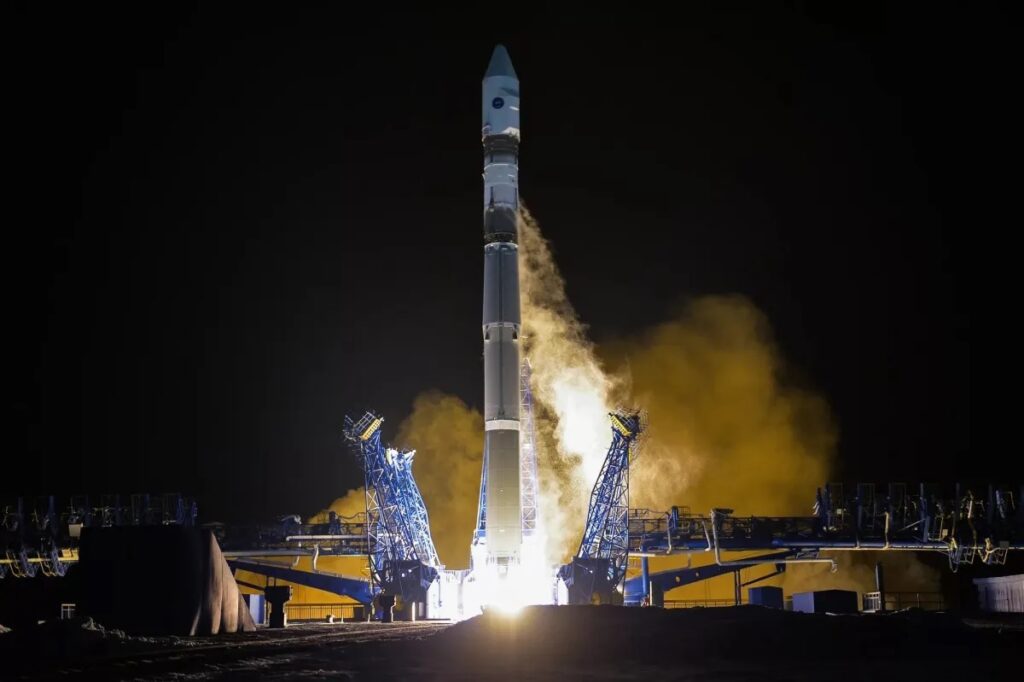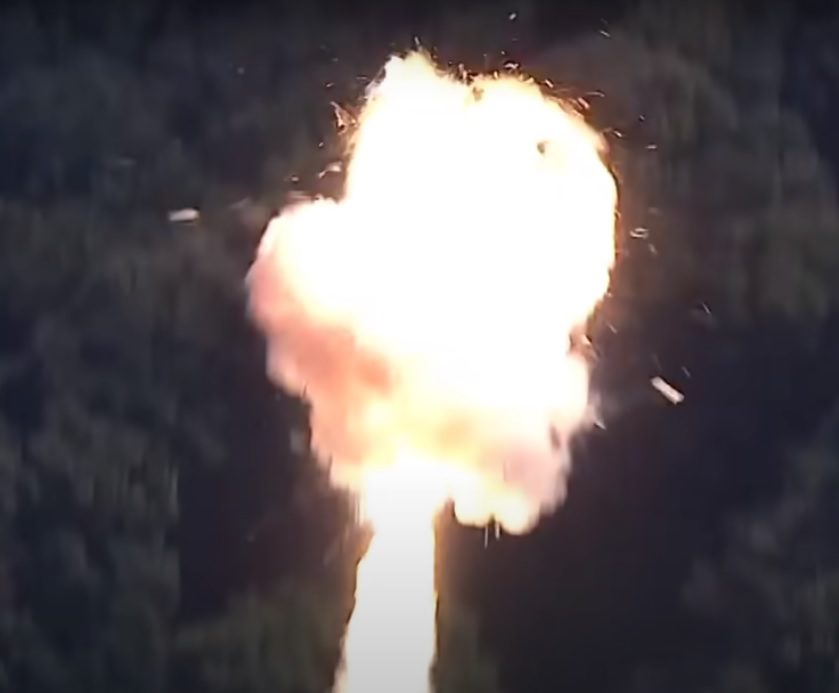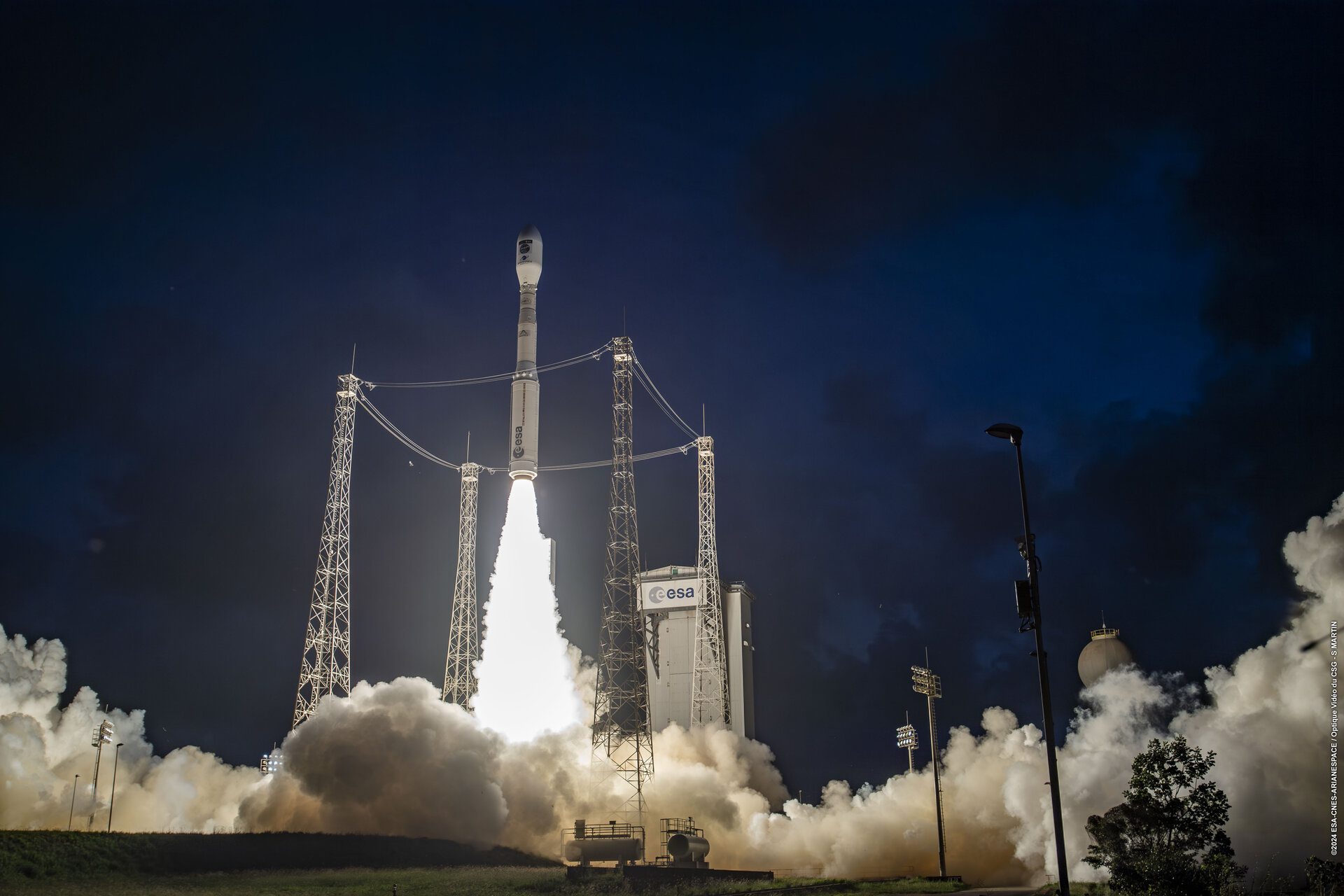At 1957 GMT on 29 March 2023, a Russian Soyuz-2-1v launch vehicle lifted off from the Plesetsk launch site in Northern Russia carrying a military satellite codenamed Cosmos 2568 (Kosmos 2568). The satellite is believed to be the fourth in the series of EO-MKA (EMKA) experimental observation satellites which are used for Earth observation/reconnaissance from a Sun-synchrononous low Earth orbit. This satellite, like the others in the series, appears to have a 1130 local time descending node. Satellite optical reconnaissance works best if images can be compared under the same lighting conditions – hence done at the same time – from an orbit with the same equatorial plane crossing time (ascending or descending node).
The Soyuz 2-1v launch vehicle looks very different to other rockets in the Soyuz family in it does not have four booster acting first stage, Instead the two-stage small rocket uses a single first stage core powered by a single highly efficient LOx/kerosene-powered NK-33A fixed rocket engine – a modified staged-combustion engine taken from reserves left from failed N-1 moon rocket project – plus a single RD-0110R used for steering. The upper stage uses a RD-0124 engine.







